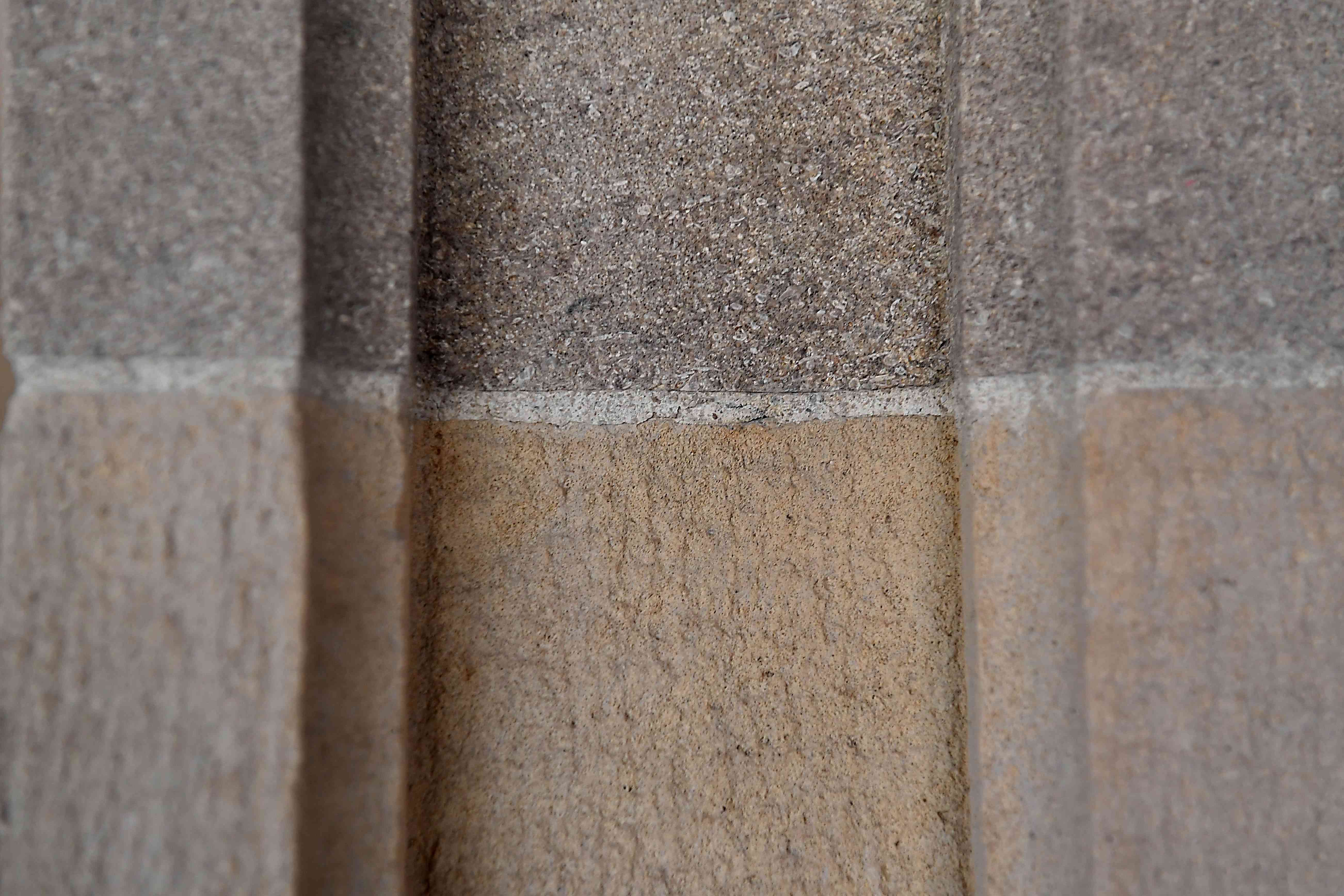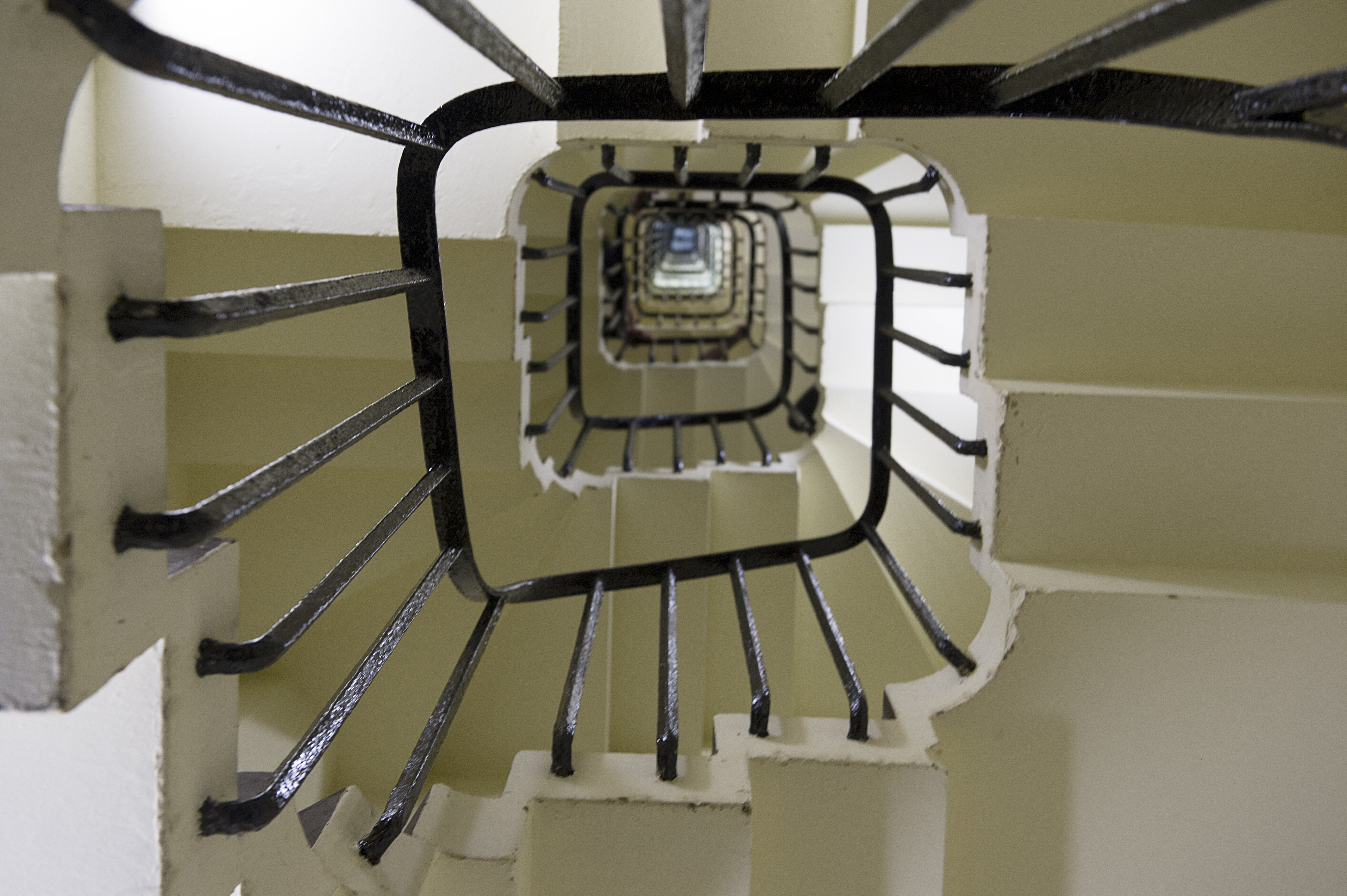Saving Big Ben
If the Elizabeth Tower had not been urgently conserved, there was a risk that the clock mechanism might fail or that the building will become too costly or difficult to repair.
Completed in 1859, the clock tower suffered from many of the issues seen in buildings of its age, including crumbling stones, rusty ironwork, leaking roofs and, in this case, an aging clock.
The task of conserving the 96m tall clocktower was a complicated and delicate process. With a footprint of just 12m square and located in the middle of a busy working Parliament, the task was hugely complex.
The current conservation project:
- repaired problems that could not be fixed while the clock was in action
- conserved key elements designed by Charles Barry and Augustus Welby Pugin, including stone carvings, the clock dials and the gilded spire
- repaired and redecorated the interior, renewing the building services, and making improvements to health and safety and fire protection systems
- improved energy efficiency to reduce the Tower's environmental impact
- provided better access for maintenance and emergency services by installing a lift.
Crucial repairs needed urgently
The last significant conservation work carried out on the Elizabeth Tower was nearly forty years ago. Repairs were carried out between 1983-1985 to fix many of the issues in this iconic building. Since then the building had continued to deteriorate.
The stones in the Elizabeth Tower had been badly damaged by pollution and the black paint used around the clock dials hadn't allowed the stonework to breathe properly.

Pollution, asbestos and time have all caused problems
The full extent of the deterioration and damage to the Tower only became clear when the scaffolding for this conservation project was completed and a comprehensive survey carried out. The building surveyors uncovered the impact of pollution on the building as well as asbestos in unexpected places.
In the 1950s the tower was repaired following the Second World War where it was bombed. Due to austerity after the war, the repairs were limited and did not fix all the issues.
Some of the conservation methods used in the past were not suitable and added to the deterioration of the Tower. All of these factors made the work much more challenging for the conservation team.
Bringing Big Ben into the 21st century
Big Ben is a testament to the skills and vision of the radical designers and engineers of the 19th century. However, the works are not only about preserving our heritage and an iconic landmark, this is a future-looking project too. We combined ground-breaking technology with heritage trades to bring back the original design of this iconic building.
Since Charles Barry and Augustus Welby Pugin designed the clocktower, the world has changed and so has the way we use Elizabeth Tower.
Highly advanced for its time
Originally, it was conceived simply as a clock tower, albeit with the most modern and technologically advanced turret clock of its time. The Victorians did not plan for thousands of visitors to climb the 334 steps to the belfry and hear Big Ben strike the hour.
The Victorians also did not build with modern health and safety standards in mind. As part of the project, we modernised the Tower to improve standards in health and safety and workspaces which will benefit both the staff working in the Tower and visitors.
Making Big Ben safer for all
New fire safety systems have been installed alongside better workspaces for the clock team who spend their days working in the Tower. Installing a lift will make emergency evacuations safer and faster. Energy efficient LED lighting has been installed, including in the Ayrton Light at the top of the tower.
Climbing the spiral staircase to the belfry is part of the experience of visiting Big Ben so we are conserving the stone staircase. The rooms inside the Tower are being restored to create a fitting backdrop for visitors.
When visitors reach the top of the staircase, instead of navigating around brickwork, a new glass box will give them a much better view of Big Ben and the quarter bells as they climb the last flight of stairs.

The Elizabeth Tower conservation project was not part of the wider Palace of Westminster Restoration and Renewal Programme. The feasibility study of the Tower showed that the work could not be delayed but needed urgent attention.
